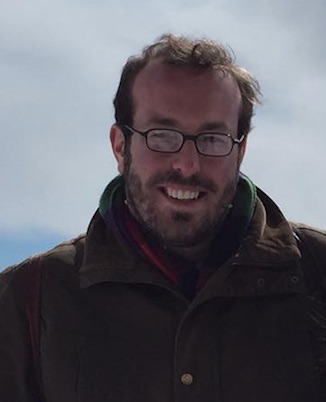Advertisement
Commentary
An Educator Confronts 'Casual Bigotry' — Abroad And At Home

I used to equate bigotry with aggressiveness, violent sentiments expressed in anger. But it may be that casual bigotry poses a and more subtle challenge for teachers.
During a recent trip to Switzerland, I shared breakfast with a couple who was staying at the same inn. They lived nearby, but were spending the night after attending a concert. They asked about my itinerary and, at the mention of my visit to a particular village, shared their thoughts on wealthy Arab tourists who frequent the area.
As we passed croissants and poured coffee, I was told of boisterous, oil-rich Arab men who flaunt their wealth and walk down quaint village streets with their wives five paces behind, entirely veiled and conspicuously silent, and of charming towns that became hubs for Arabs who were described as if from an orientalist polemic.
The meal was beautiful, and the couple was friendly and polite. They didn’t offer a diatribe filled with vitriol and malice. But that’s what made the conversation so unnerving. They showed no fear of offending me; there was an unspoken assumption that the generalizations they made about Arabs and Muslims were self-evident, uncontroversial.
What the couple said — and even more, the way they said it — troubled me for the rest of the trip.
I was in Switzerland for a week-long vacation with my wife, just months after completing my dissertation research on the portrayal of the Middle East and Africa in social studies classrooms.
I had studied teachers who deliberately dismantled misconceptions of Arabs and Muslims by discussing them outside the context of terrorism and a "clash of civilizations." Then over breakfast, I watched as a couple reduced Arabs and Muslims to straw men without a moment’s thought. Populations with complex identities were distilled into a caricature; their diversity disappeared.
For this couple, Arab and Muslim visitors were, simply put, a problem — and defining populations as problems makes them abstractions.
But Arabs are not abstractions. Neither are Muslims. They are communities with rich historical experiences and modes of expression. Their identities vary and evolve.
The danger of casual bigotry is its power to represent and define — to represent inaccurately and define difference as a deficit. It’s a problem that unfortunately doesn’t stop with my breakfast conversation.
These stereotypes are part of the social ether, circulating in public and private, abroad and at home. They surround students inside and out of school — and they can define the way they see their world.
Casual bigotry presumes that all members of a community — Arabs, Muslims, Jews, African-Americans — behave in certain ways. It exaggerates differences and makes certain communities seem culturally remote. It ignores redeeming qualities and cultural similarities; it dehumanizes the other.
When teachers try to offer nuance, challenge bias, and engender justice and equity, this is what they are up against.
The trouble for teachers is that casual bigotry appears innocent, which makes students susceptible to internalizing its message. It puts pressure on educators to reflect on what is said and unsaid in classrooms, and on schools to build a deep commitment to students’ understanding of diversity.
But when confronted with casual bigotry, educators should not despair. The 21st century is producing a globally interconnected society with increased exposure to peoples across the world.
Using their curricula, teachers can globalize the classroom to get beyond stereotypes. For example, we can teach the histories, cultures, and literatures of diverse peoples. We can offer counter-narratives that demystify misunderstood communities, promote acceptance of difference, and challenge ethnocentrism. Such teaching can be an antidote to casual bigotry and can promote compassion.
At breakfast the couple never acknowledged that there are no clear cultural boundaries delineating populations across the globe. Cultural influences are reciprocal; identities overlap and blend.
Over the course of my time in Switzerland, I heard Arabic all over: at historical sites, cafes, and on the street. I watched one man speaking gently in Arabic to his wife while he pushed a baby carriage up a cobblestone road. His wife wore a headscarf and walked alongside him. They posed for a picture at the top of a hill with the medieval town of Gruyères behind them.
In that moment, this family confounded the tableau that couple had painted over breakfast. They do not exemplify all Arabs or Muslims. They are indicative only of themselves — human beings, not straw men.
Edify regularly publishes commentary from teachers, students, parents, and citizens on questions of education and learning. Make your voice heard by sending your short commentary to edify@wbur.org.
